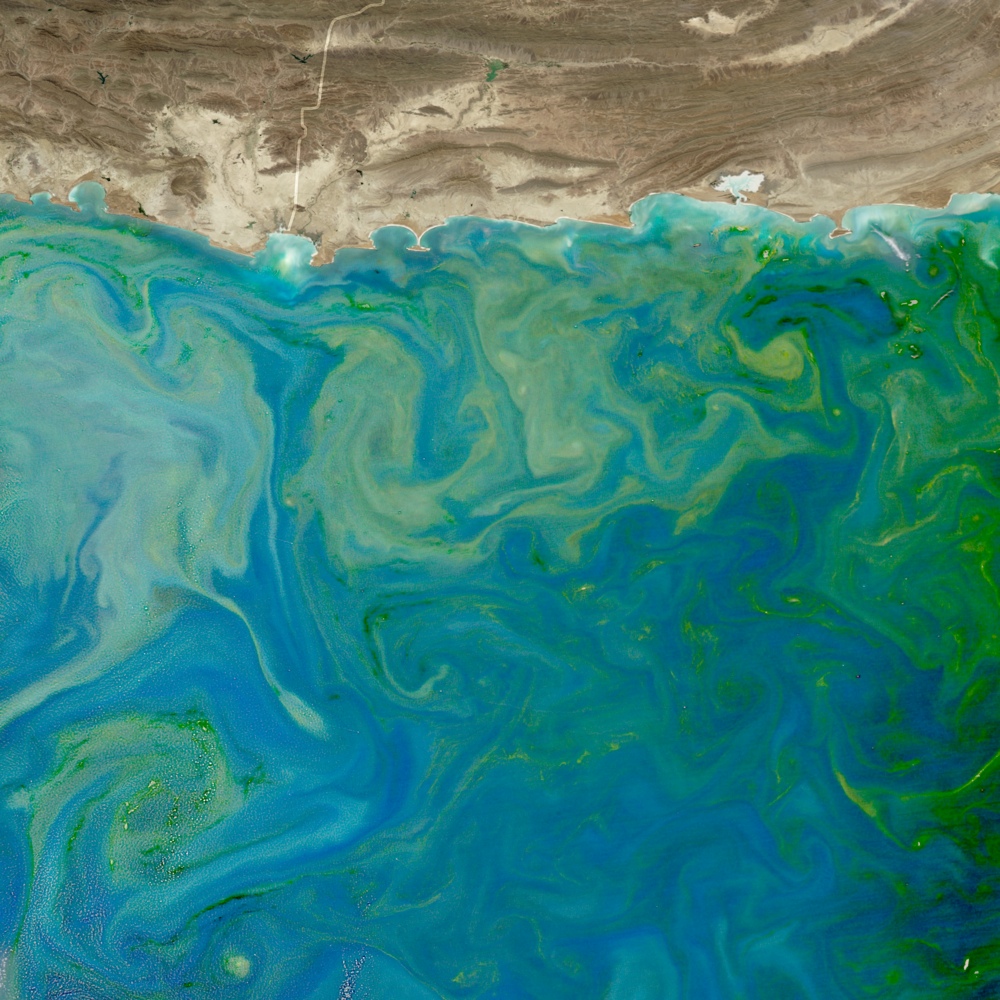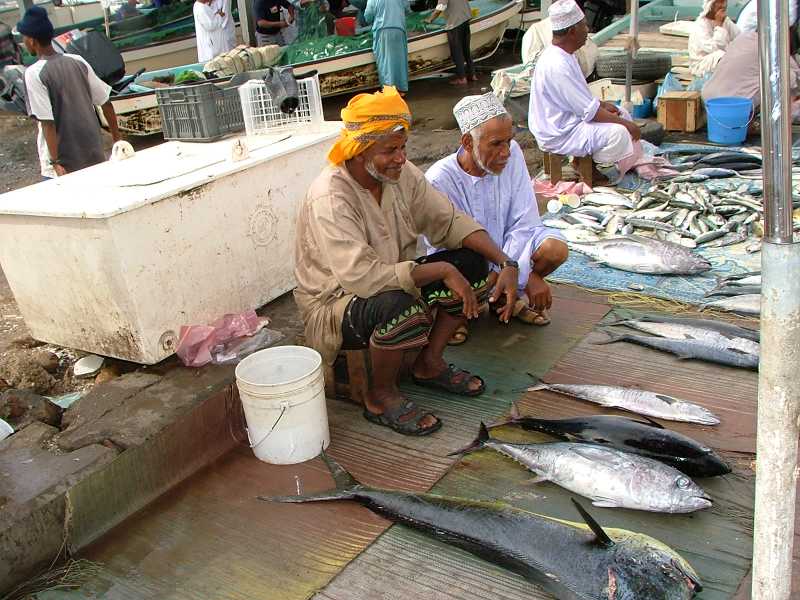
Stunning Emerald Green Arabian Sea May Herald Ecosystem Disaster

The Arabian Sea is now more likely to glow emerald green instead of sapphire blue in winter because its food chain is out of whack, researchers report today (Sept. 9).
The sea change could threaten the Arabian Sea, one of the world's great fisheries, which feeds more than 100 million people.
The sparkling emerald coloring comes from chlorophyll in microscopic plankton called Noctiluca scintillans. The vast green wave knocked out the foundation of the local food chain about 10 years ago, researchers report in the journal Nature Communications. The bioluminescent plankton blooms can thrive in low-oxygen "dead zones" where other marine creatures may struggle. [Gallery: Eye-Catching Bioluminescent Wonders]
"These blooms are massive, appear year after year, and could be devastating to the Arabian Sea ecosystem over the long term," lead study author Helga do Rosario Gomes, a biogeochemist at the Lamont-Doherty Earth Observatory in Palisades, New York, said in a statement.
The Arabian Sea has a dead zone the size of Texas, and it's growing bigger every year. The researchers blame sewage and fertilizer flowing into the Arabian Sea for the toxic waters.
"The amount of material being discharged is humongous," said study co-author Joaquim Goes, a biogeochemist at Lamont-Doherty.

The Noctiluca replaced diatoms, a type of microscopic algae, as the lowest link in the chain, the researchers report. Tests conducted on research ships in the Arabian Sea showed diatoms struggled and Noctiluca flourished when the two species were tossed into samples of oxygen-starved water.
Sign up for the Live Science daily newsletter now
Get the world’s most fascinating discoveries delivered straight to your inbox.
Altering the food chain could have a domino effect leading all the way up to the large predator fish that people eat, the researchers warned. In Tamil Nadu and Maharashtra, two states in India heavily dependent on fishing, 85 percent of fishermen have reported smaller catches than both 12 and 20 years ago, according to a 2014 study in the journal Oryx.
The plankton blooms happen in the summer and winter. Circulation in the Arabian Sea is mostly wind-driven, rather than mixed by ocean currents, and the wind directions changes twice a year with the monsoon. Plankton blooms used to be most common in summer.
"It's unusual for Noctiluca to bloom in the open sea and return year after year," said Andrew Juhl, a microbiologist at Lamont-Doherty who was not involved in the study. "All of these observations suggest that something dramatic has changed in the Arabian Sea."
Email Becky Oskin or follow her @beckyoskin. Follow us @livescience, Facebook & Google+. Original article on Live Science.











